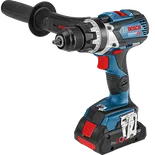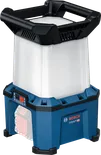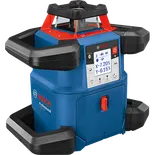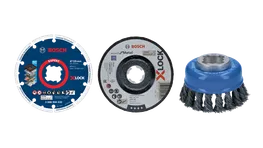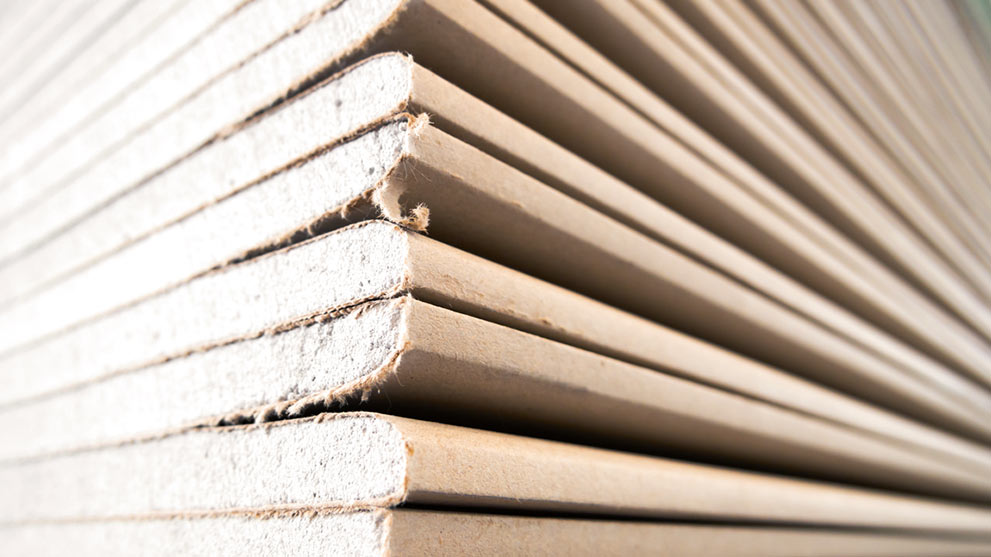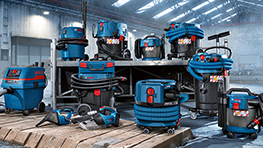Some dust types are more hazardous than others. None are good for the body. As long as there is drilling, cutting, sawing, grinding, sanding, or breaking on your jobsite, you can expect airborne dust and all the issues that come with it. But not all dust types are equal. On this page we cover some of the most common and hazardous types of dust that you will encounter on the job.
Dust types
Silica dust: Did you know?

0x
smaller than a grain of sand. That's how small silica dust can be.¹

0 hrs
for a silica particle to fall by 1 m. That's how long it stays airborne.²

0 mil.
EU workers are at risk of silicosis. That's how widespread silica dust is.³
DUST TYPES
Dust classes: A risk level assessment
How to choose the right dust extraction class according to dust type
Thanks to modern technology and increased awareness, we now have a better understanding of the different levels of danger that come with different dust types. Generally, dust types in trade and construction can be categorized by risk:
S.T.O.P. Principle
Notes:
¹
²
³
⁴ Risk assessment of dust types can differ by country. To increase worker protection, some countries prefer to err on the side of caution, categorising certain dust types as higher risk. For example:
- Wood dust: Both soft and hard wood can cause respiratory issues, such as asthma. However, hard wood can cause a rare form of nasal cancer and is often considered more dangerous than soft wood. In some countries, soft wood is considered a low-risk dust, while hard wood is considered a medium-risk dust.
- Silica dust: Some countries consider silica dust medium-risk, while some others consider it high-risk. Local regulations keep changing in favor of higher levels of protection. Increasingly, silica dust will be considered high-risk in more countries.
To achieve compliance, always check the dust regulations from your local authorities.

